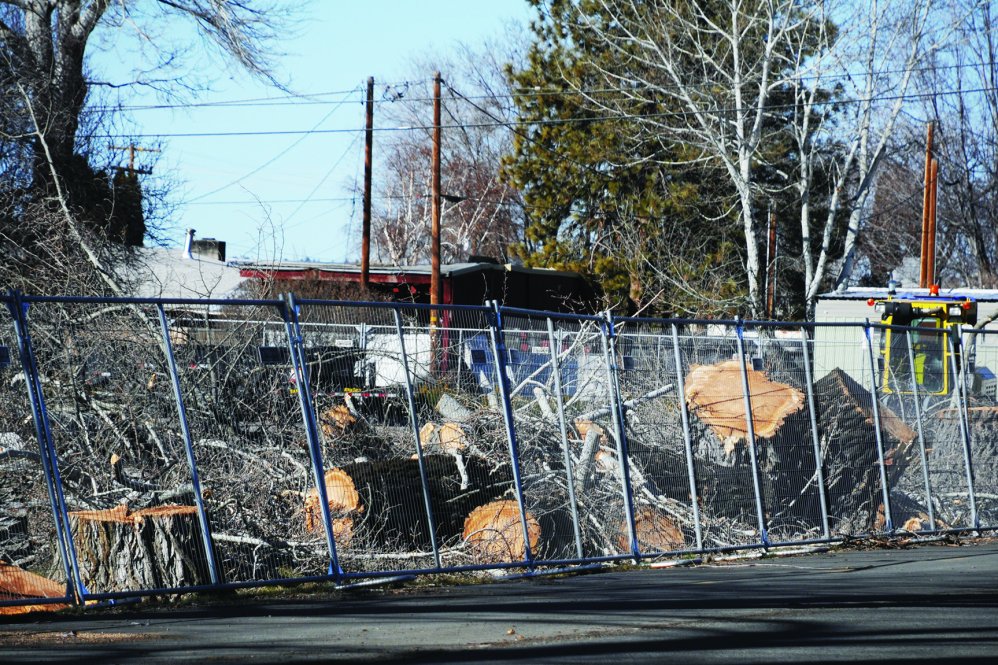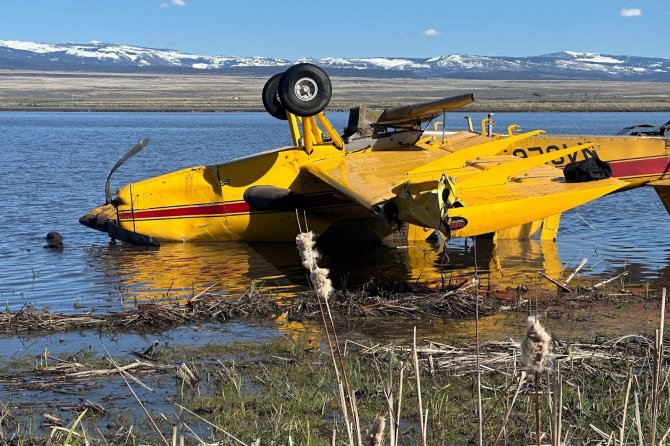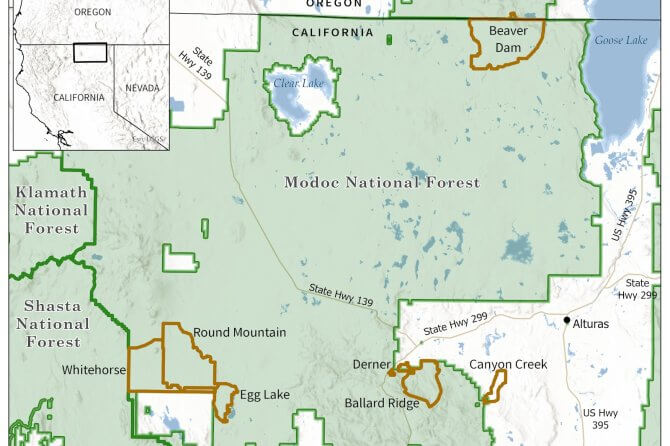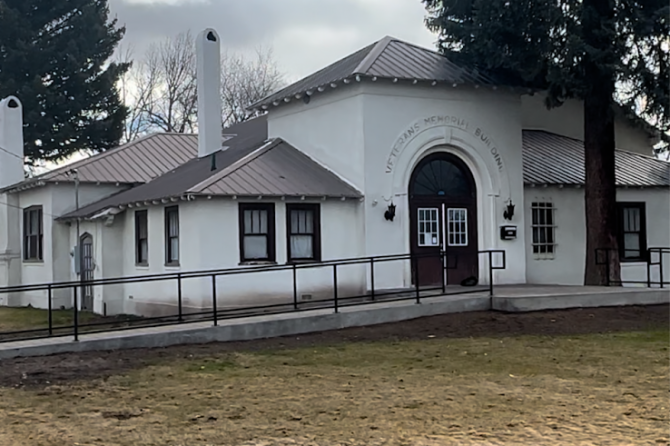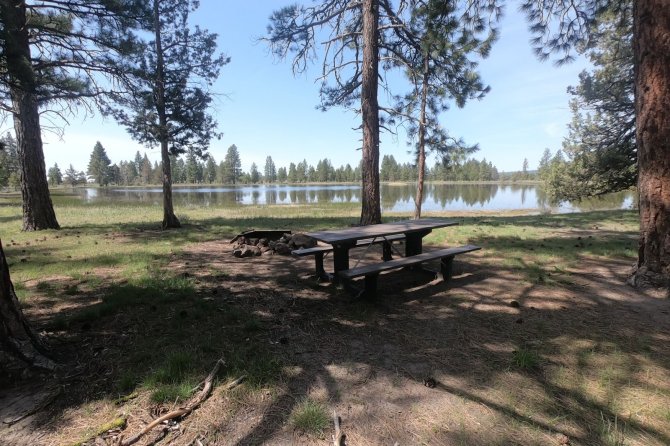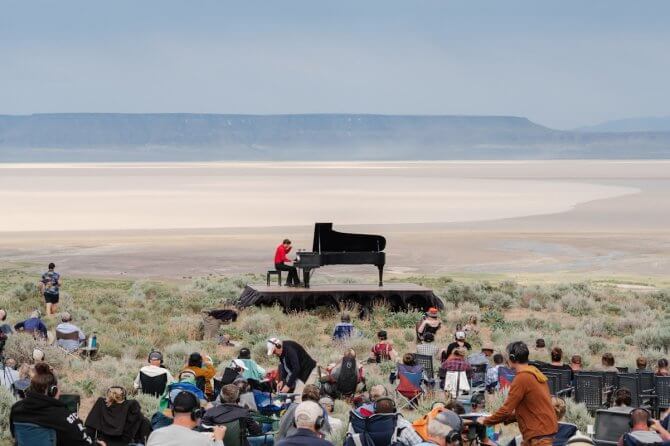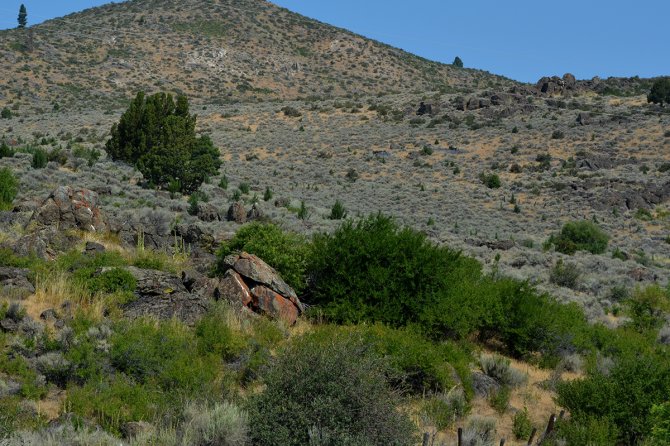By Kayla Trotter
The Pit Resource Conservation District (RCD) continues work on multiple restoration opportunities on both public and private lands. Funding for these projects is through the California Climate Investments program as part of their Wildfire Prevention and Forest Health Programs.
These projects are designed to increase forest resilience and reduce the risk of future catastrophic fire impacts on communities and natural resources. Fuel reduction treatments such as mastication, biomass, hand thinning, prescribed fire and herbicide application are being used. This reduction in fuel loading will help to protect tree-based carbon stocks, improve growth rates and carbon uptake of residual trees and encourage an overall minimalization of greenhouse gases being released in the event of wildfire.
Several Forest Health have been completed and are underway within the Pit RCD boundary including the Garden Thin, Tuft Creek biomass and mastication, Rush 2, Adin Canby, Scarface Biomass Thinning. The Garden Thin Project is a collaborative plantation thinning project on the Modoc National Forest that aims to commercially thin areas planted after the 1951 Mears Fire. Initial plantations took place in the early 1950s and continued incrementally through 2000s. Approximately 600 acres have been completed thus far and 2,000 acres of thinning is planned for 2024.
Great progress was also made on the Scarface Project this past year. The project aims to thin approximately 2,220 acres of natural forest stands north of the community of Lookout. Additionally, 150 acres of planned mastication around Lookout junction will help tie in previous treatments in the area and add over the areas overall fire resilience.
The 750-acre Adin-Canby Project, a combination of mastication and biomass thinning of natural stands between the communities of Canby and Cal Pines, was completed this year.
Rush Creek Wildland Urban Interface (WUI), a fire prevention project, includes treatments such as biomass removal, hand thinning and chipping and piling and burning and has been ongoing since the summer of 2022. The RCD hopes to add some additional landowners north of the original project footprint in the Spring of 2024.
Other collaborative Fire Prevention Projects on the Modoc National Forest, including County Road 91 and Adin Pass Project, have completed environmental review and agency review process and anticipate operations to begin this summer. Upper Pit River Forest Health Project Phase I and II and the Upper Pit River Fire Prevention Project are part of California Climate Investments, a statewide program that puts billions of Cap-and-Trade dollars to work reducing GHG emissions, strengthening the economy, and improving public health and the environment– particularly in disadvantaged communities.
The Cap-and Trade program also creates a financial incentive for industries to invest in clean technologies and develop innovative ways to reduce pollution. California Climate Investments projects include affordable housing, renewable energy, public transportation, zero-emission vehicles, environmental restoration, more sustainable agriculture, recycling, and much more. At least 35 percent of these investments are located within and benefiting residents of disadvantaged communities, low-income communities, and low-income households across California. For more information, visit the California Climate Investments website at: www.caclimateinvestments.ca.gov.

